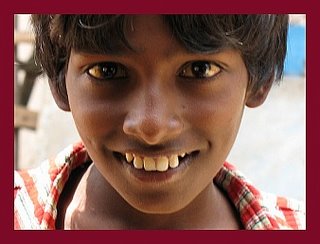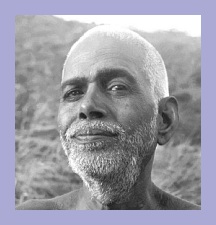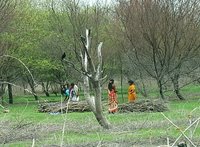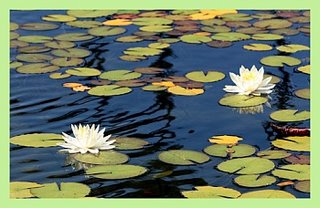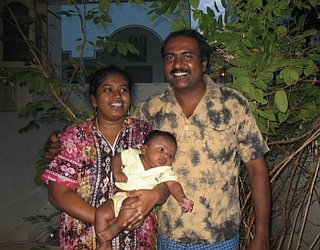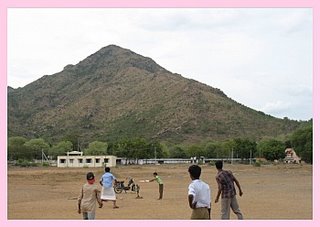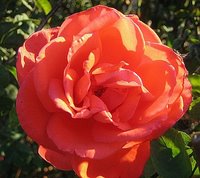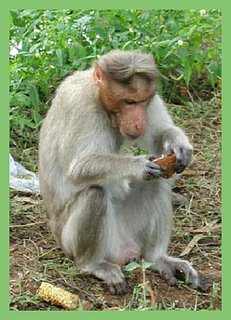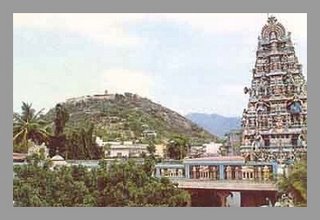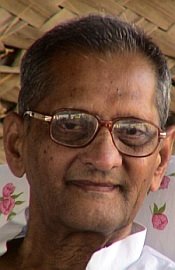
On 15th August, 2006 Sri Nannagaru of Jinnuru, Andhra Pradesh arrived at Arunachala for a week's stay. He will spend most of his time at Sri Nannagaru Ashram where he will give regular darshan to devotees who have followed him from his native place and to devotees and others resident at Arunachala.
Sri Nannagaru generally visits Arunachala four times a year for 7-10 days a time. His usual programme involves meeting with devotees, both publicly and privately, performing giripradakshina (by vehicle), visiting Sri Ramana Ashram and also spending time at his own Andhra Ashram in Ramana Nagar.
Swamiji was born in 1934 and regards himself as a devotee of Arunachala-Ramana. Sri Nannagaru first visited Arunachala in 1957, seven years after the samadhi of Ramana Maharshi so never actually met Bhagavan. However Sri Nannagaru considers that any spiritual attainments he may have acquired have been directly through the grace of the Guru.
His teachings are based on those of Bhagavan Ramana and are a composite of advaitism, self-enquiry, surrender and devotion. Sri Nannagaru is regarded as a true living Advaitic Master. For further information we recommended his site: www.srinannagaru.com
Sri Nannagaru generally visits Arunachala four times a year for 7-10 days a time. His usual programme involves meeting with devotees, both publicly and privately, performing giripradakshina (by vehicle), visiting Sri Ramana Ashram and also spending time at his own Andhra Ashram in Ramana Nagar.
Swamiji was born in 1934 and regards himself as a devotee of Arunachala-Ramana. Sri Nannagaru first visited Arunachala in 1957, seven years after the samadhi of Ramana Maharshi so never actually met Bhagavan. However Sri Nannagaru considers that any spiritual attainments he may have acquired have been directly through the grace of the Guru.
His teachings are based on those of Bhagavan Ramana and are a composite of advaitism, self-enquiry, surrender and devotion. Sri Nannagaru is regarded as a true living Advaitic Master. For further information we recommended his site: www.srinannagaru.com



